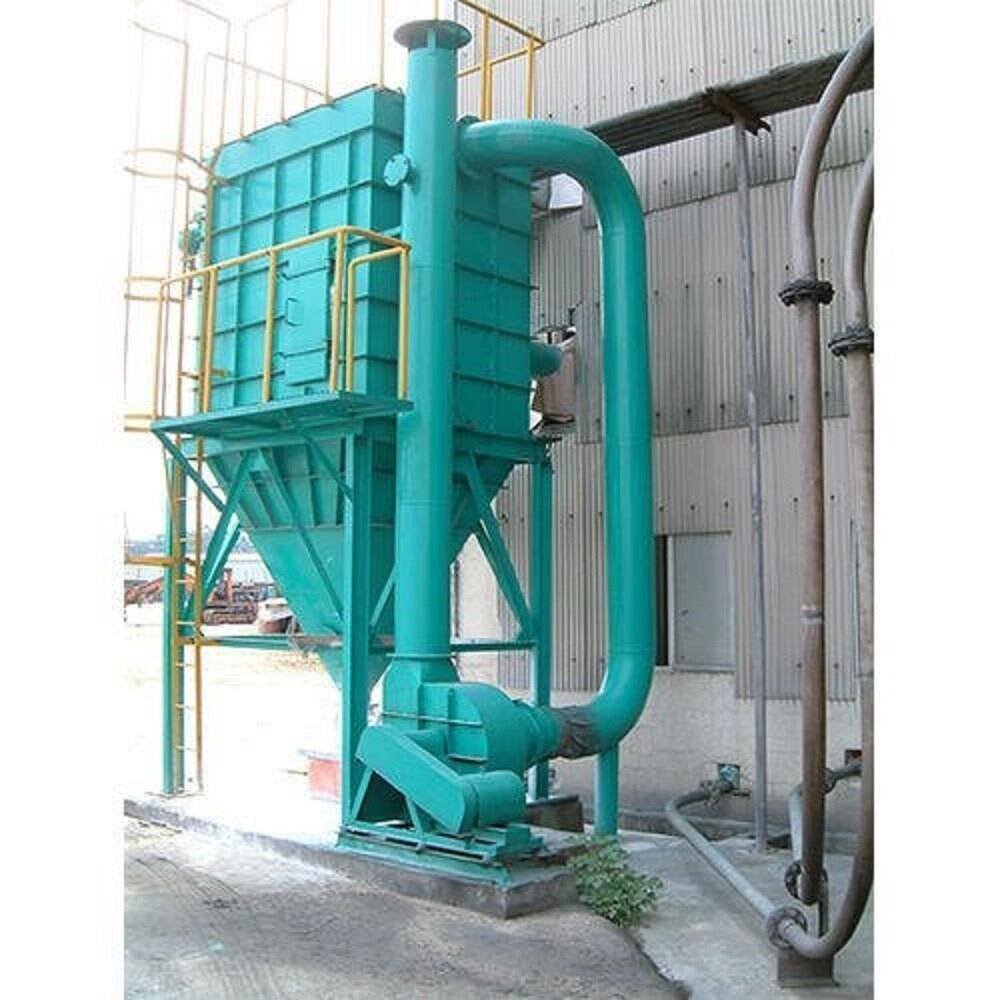Understanding Bag Filters: A Comprehensive Guide
Bag filters are essential components in various industrial processes, particularly in air pollution control and material recovery. These devices are used to trap and remove particles from gas streams, ensuring cleaner emissions and protecting equipment from dust and debris. In this article, we will explore the workings, types, applications, and maintenance of bag filters, along with insights into how companies like Rohhit Enterprises contribute to the industry.
What is a Bag Filter?
A bag filter, also known as a fabric filter or baghouse filter, is an air pollution control device that removes particulates from air or gas released from commercial processes or combustion for electricity generation. It operates by passing the dirty gas stream through bags made of fabric or other filtration material, which capture and accumulate the dust particles.
Types of Bag Filters
- Shaker Baghouses: In this type, the bags are shaken to remove the dust that is collected on the inside surface of the bag.
- Reverse Air Baghouses: These utilize low-pressure air to clean the bags. The air flow is reversed to remove the dust collected on the bag.
- Pulse Jet Baghouses: This type uses high-pressure jets of air to blow the dust off the bags. Pulse jet baghouses are increasingly popular due to their efficiency and ease of maintenance.
Key Components of a Bag Filter System
- Filter Bags: The heart of the bag filter, made from various materials depending on the application.
- Housing: The structure that contains the bags, usually made of steel.
- Dust Hopper: Located at the bottom of the baghouse, it collects the dislodged dust during the cleaning process.
- Blower: Helps in moving the gas stream through the baghouse.
Applications of Bag Filters
Bag filters are versatile and can be used in various industries, including:
- Pharmaceuticals: Ensuring clean and uncontaminated air in the manufacturing process.
- Cement: Trapping and removing cement dust which can be harmful to machinery and human health.
- Steel Manufacturing: Capturing dust from the blast furnaces.
- Power Plants: Removing fly ash from boiler flue gas.
Maintenance and Challenges
Maintaining a bag filter system is crucial for its efficiency and longevity. Regular checks and timely replacement of filter bags are necessary to avoid system failures and ensure optimal performance. However, challenges such as high operational costs and the need for continuous maintenance can affect the overall efficiency of bag filters.
Rohhit Enterprises: Enhancing Bag Filter Technology
Rohhit Enterprises is a notable player in the bag filter market, known for its innovative solutions and quality products. They specialize in customizing filters to meet specific industrial needs, ensuring high efficiency and reliability. Their products are designed to handle high dust loads with minimal maintenance requirements, making them a preferred choice for many industries.
FAQs About Bag Filters
- What materials are used to make filter bags? Filter bags can be made from various materials including polyester, fiberglass, and PTFE, depending on the application and temperature requirements.
- How often should filter bags be replaced? The life of a filter bag depends on several factors such as the type of dust, volume of air processed, and operational conditions. Regular inspections are recommended to determine the need for replacement.
- Can bag filters handle high temperatures? Yes, certain bag filters are designed to handle high temperatures using specialized materials like fiberglass or PTFE.
- Are bag filters environmentally friendly? Yes, bag filters are an effective solution for controlling air pollution, making them beneficial for environmental compliance.
- What is the efficiency of bag filters? Bag filters can achieve more than 99% efficiency in removing particulate matter from the air stream, depending on the fabric material and the system design.
****


